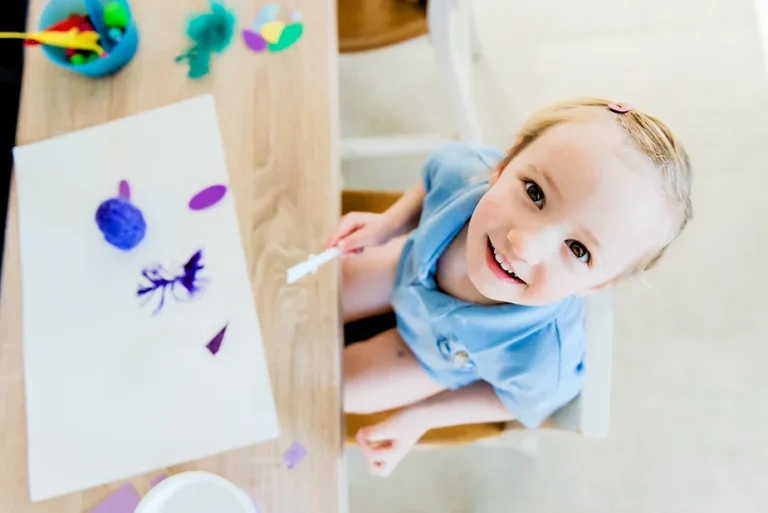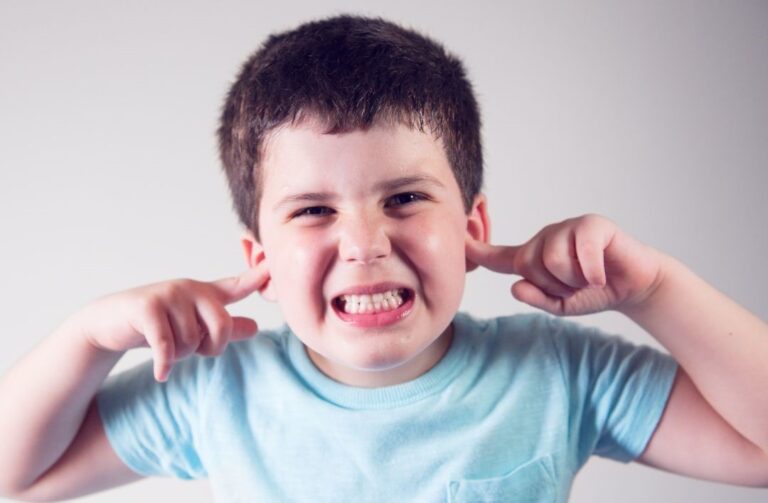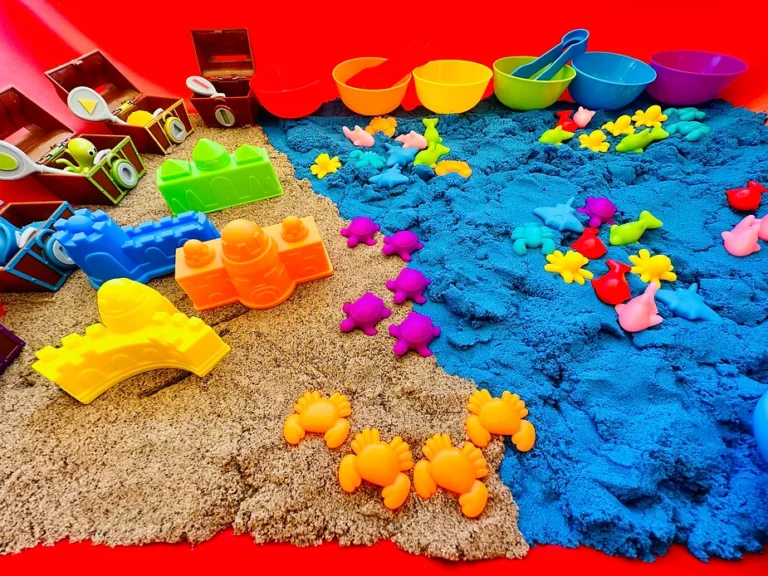Sensory Diet Activities for Kids with Sensory Needs
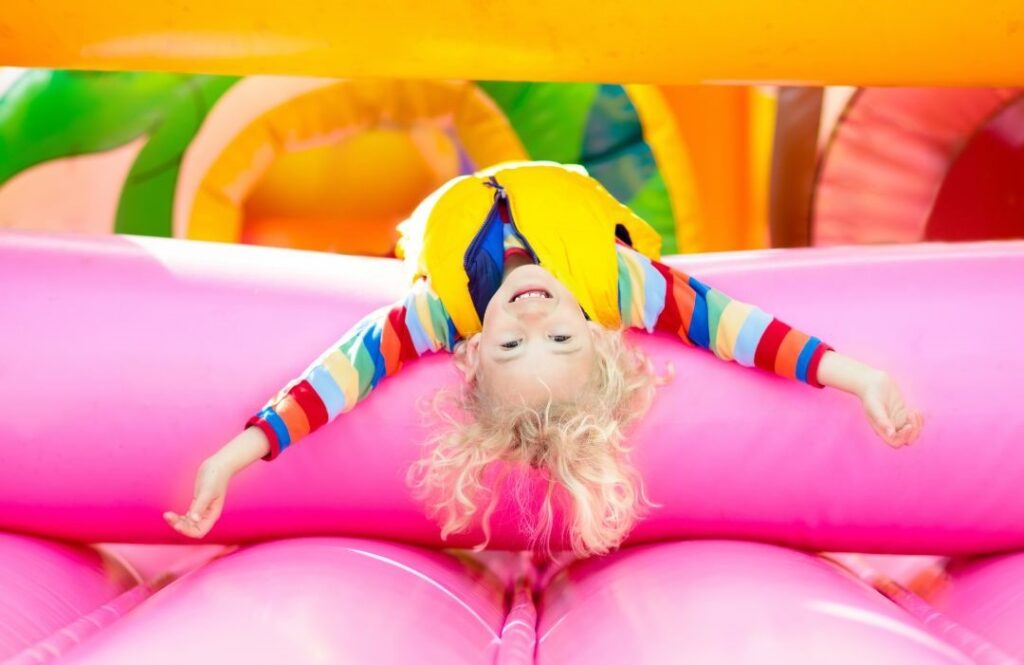
A friendly guide filled with sensory activities for every sensory type to help parents create a sensory diet at home for their child.
This post may contain affiliate links and I could earn a small commission at no cost to you. However, I will never recommend anything that I do not believe in or use myself. You can read more about my disclosure policy here.
Let’s dive into something super important and incredibly beneficial for our little ones with sensory needs—sensory diet activities.
Nope, it’s not about food! A sensory diet is a personalized activity plan that helps kids get the right amount of sensory input to stay focused, calm, and happy. Think of it as a way to give their brains the sensory “food” they need to thrive.
Before diving into sensory activities, it would be helpful to check out my posts on sensory diets and sensory processing disorder.
Here’s a friendly guide filled with sensory activities for every sensory type to help with creating a sensory diet.
Sensory Diet Activities
Proprioceptive Sensory Activities
Proprioceptive sensory activities provide deep pressure input to the muscles and joints, which can be very calming and organizing for many children. These activities help with body awareness, coordination, and can often help regulate emotions and energy levels.
- Bear Hugs: Give big, tight hugs to your child. This provides deep pressure that can be very calming.
- Pillow Squishes: Squish your child gently with pillows. This is another way to give deep pressure in a fun and playful manner.
- Animal Walks: Have them walk like different animals—bear walks, crab walks, etc. This engages muscles and joints, providing proprioceptive input.
- Weighted Blanket: Use a weighted blanket for some quiet time. The weight provides deep pressure, which can be very soothing.
- Carrying Heavy Objects: Let them carry books or groceries (appropriate for their age). This helps with muscle engagement and body awareness.
- Push/Pull Activities: Pushing a vacuum or pulling a wagon. These actions provide resistance, engaging muscles and joints.
- Resistance Bands: Stretch and pull resistance bands. These are great for muscle engagement and building strength.
- Jumping Jacks: Fun and simple exercise that engages the whole body.
- Wheelbarrow Walks: Hold their legs while they walk on their hands. This activity engages the upper body and provides deep pressure to the joints.
- Squeezing Stress Balls: Squeezing stress balls are a great way to release tension and engage hand muscles.
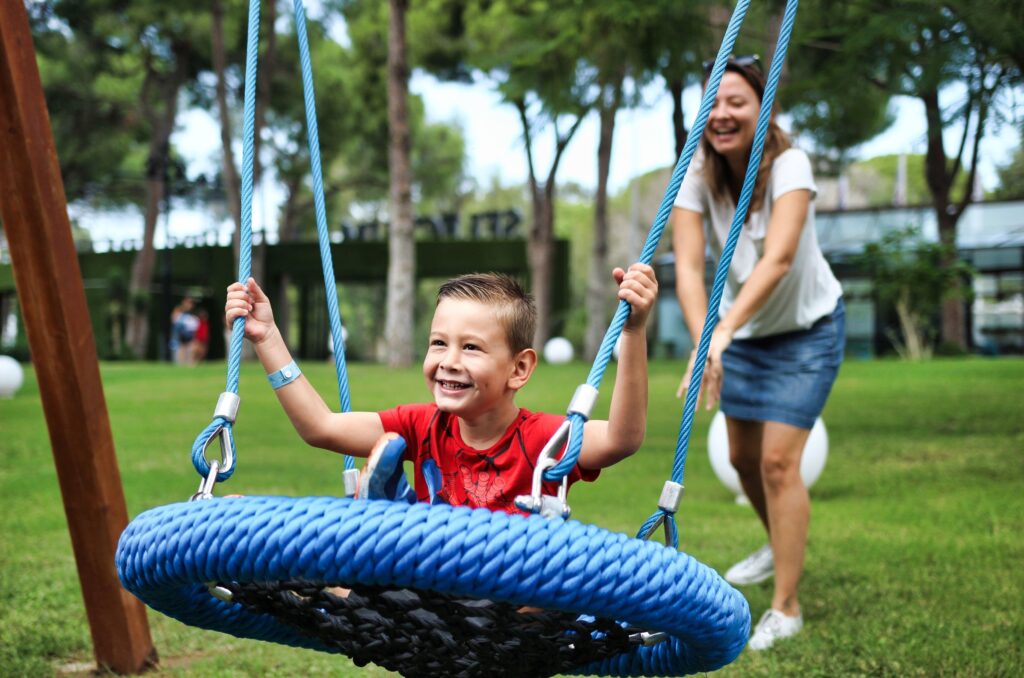
Related: How to Create a Sensory Diet for Kids with SPD
Vestibular Sensory Activities
Vestibular sensory activities help with balance and spatial orientation. They stimulate the inner ear and can have a significant impact on a child’s sense of balance, coordination, and even mood regulation.
- Swinging: On a playground swing or a sensory hammock. Swinging helps with balance and can be very calming.
- Spinning: Sit and spin toys or simply spinning in place. This stimulates the vestibular system but should be done in moderation.
- Jumping on a Trampoline: Always a hit! This provides both vestibular and proprioceptive input.
- Rocking Chair: Gentle rocking can be very soothing and help with balance.
- Wobble Board: Balancing and rocking on a wobble board engages the whole body can help with balance and coordination.
- Rolling Down a Hill: Find a safe grassy hill and roll! This is a fun way to engage the vestibular system.
- Balance Beam: Walk on a low balance beam or even a line on the floor. This helps with balance and coordination.
- Scooter Board: Lay with the tummy on the scooter board and push with hands. This provides vestibular input and engages the whole body.
- Hopping on One Foot: Practice balance and coordination with this simple activity.
- Dancing: Turn up the music and dance around. Dancing engages the vestibular system and is great for overall coordination.
- Bike Riding: Riding a bike or balance bike is great for balance and coordination, plus it’s a fun way to get around.
Tactile Sensory Activities
Tactile sensory activities engage the sense of touch and can help with sensory integration. These activities can be very calming and help improve fine motor skills.
- Sensory Bins: Fill a sensory bin with rice, beans, or sand and add toys. Digging and exploring different textures can be very soothing.
- Playdough: Squish, roll, and mold playdoh. This helps with fine motor skills and provides a calming sensory input.
- Finger Painting: Get messy with some washable finger paint. This engages the sense of touch and allows for creative expression.
- Textured Balls: Feel different textured or spikey sensory balls. This helps with sensory discrimination and can be very calming.
- Water Play: Splash in a tub or sink. Water play is soothing and can help with fine motor skills.
- Bubble Wrap Popping: Fun and satisfying! This engages the sense of touch and can be very calming.
- Feather Touches: Gently run feathers over their skin. This can be very calming and helps with sensory discrimination.
- Shaving Cream Play: Smooth and squishy fun. This engages the sense of touch and can be very calming. Check out how to set-up an awesome LEGO and shaving cream sensory bin.
- Mud Play: Dig and play in the mud. This is a great way to engage the sense of touch and can be very grounding. Check out how to set-up an awesome dirty truck kids backyard play area.
- Fabric Swatches: Feel different fabrics like silk, wool, etc. This helps with sensory discrimination and can be very calming.
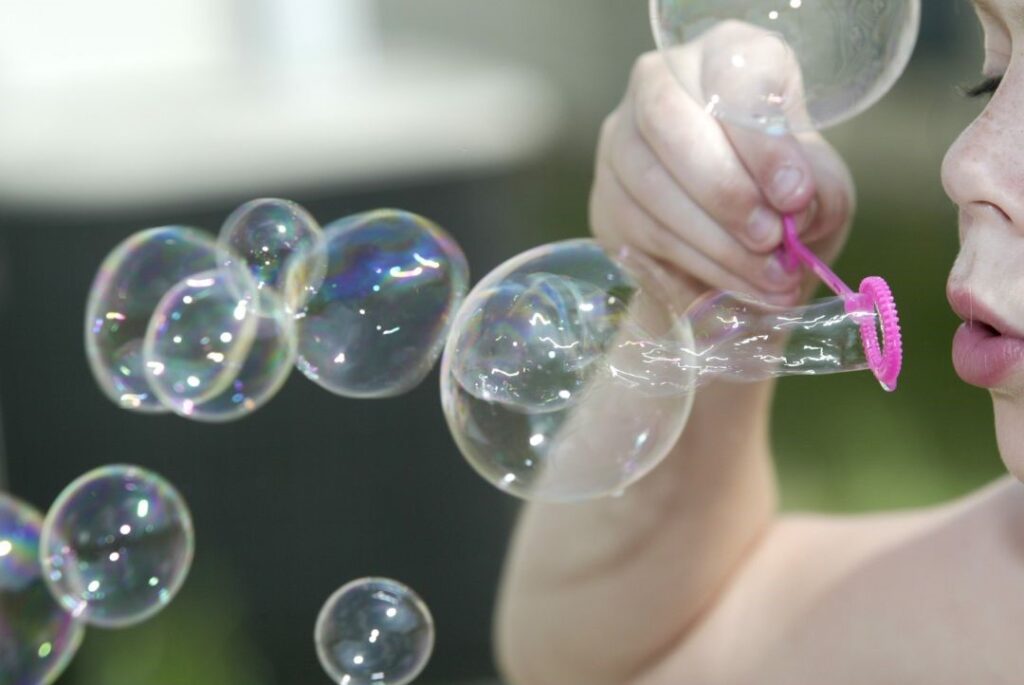
Related: Common Warning Signs Of Sensory Processing Disorder In Kids
Oral Motor Sensory Activities
Oral motor sensory activities help with the use of mouth muscles and can be very calming and organizing. These activities can also help with speech and feeding skills.
- Chewing Crunchy Foods: Carrots, apples, pretzels. Chewing provides oral sensory input and can be very calming.
- Blowing Bubbles: Simple and effective. This helps with breath control and provides oral sensory input.
- Whistling: Try different tunes. This engages the mouth muscles and can be very calming.
- Drinking Through a Straw: Thick liquids like smoothies. This provides oral sensory input and helps with breath control.
- Chewable Jewelry: Safe and satisfying to chew. Chewable jewelry provides oral sensory input and can be very calming.
- Sucking on Popsicles: Cold and calming. This provides oral sensory input and can be very soothing.
- Blowing a Kazoo: Fun and musical. This helps with breath control and provides oral sensory input.
- Gum Chewing: If age-appropriate. Chewing provides oral sensory input and can be very calming.
- Mouth Exercises: Blowing up balloons. This helps with breath control and provides oral sensory input.
- Licking Lollipops: Tasty and engaging. This provides oral sensory input and can be very calming.
Auditory Sensory Activities
Auditory sensory activities stimulate the sense of hearing and can help with auditory processing. These activities can be very calming or alerting, depending on the type of sound.
- Listening to Music: Different genres and tempos. Music can be very calming or energizing, depending on the type.
- Sound Matching Games: Match sounds with pictures. This helps with auditory discrimination and can be very engaging.
- White Noise Machine: Soothing background noise. A white noise machine can be very calming and help with focus.
- Playing Musical Instruments: Drums, piano, xylophone, etc. This engages the sense of hearing and can be very creative.
- Nature Sounds: Listen to recordings of birds, rain, etc. Nature sounds can be very calming and grounding.
- Singing Songs: Sing favorite tunes together. Singing engages the sense of hearing and can be very joyful.
- Reading Aloud: Enjoy a good book. This engages the sense of hearing and can be very calming.
- Whispering Games: Whispering back and forth. This helps with auditory discrimination and can be very fun.
- Listening to Stories: Audiobooks or storytelling. This engages the sense of hearing and can be very engaging.
- Sound Scavenger Hunt: Find different sounds around the house. This helps with auditory discrimination and can be very fun.

Related: Why Sensory Play Is Important For Child Development
Visual Sensory Activities
Visual sensory activities engage the sense of sight and can help with visual processing. These activities can be very calming or stimulating, depending on the type of visual input.
- Lava Lamps: Calming and mesmerizing. Watching a lava lamp can be very soothing and calming.
- Liquid Motion Bubblers: Brightly colored liquids move slowly through the liquid motion bubbler, creating a mesmerizing visual effect that can help calm and focus the mind.
- Sensory Tubes: Filled with glitter, beads, or other materials, sensory tubes offer a soothing visual experience as you watch the contents shift and swirl, promoting relaxation and focus.
- Looking at Picture Books: Bright and colorful images. This engages the sense of sight and can be very calming.
- I Spy Games: Find objects around the room. This helps with visual discrimination and can be very engaging.
- Light Shows: Use a flashlight or laser pointer. This engages the sense of sight and can be very stimulating.
- Watching Fish in a Tank: Calming and mesmerizing. Watching fish can be very soothing and grounding.
- Coloring and Drawing: Use vibrant colors. This engages the sense of sight and can be very creative.
- Puzzles: Visual and problem-solving fun. Puzzles engage the sense of sight and can be very stimulating.
- Flashlight Tag: Chase lights around the room. This engages the sense of sight and can be very fun.
- Watching Clouds: Find shapes in the sky. This engages the sense of sight and can be very calming.
- Kaleidoscopes: Beautiful and ever-changing patterns. Kaleidoscopes engage the sense of sight and can be very mesmerizing.
- Glow Sticks: Play in a dark room. Glow sticks engage the sense of sight and can be very fun.
Olfactory (Smell) Sensory Activities
Olfactory sensory activities engage the sense of smell and can have a significant impact on mood and memory. These activities can be very calming or alerting, depending on the type of smell.
- Smelling Flowers: Take time to smell different blooms. This engages the sense of smell and can be very calming.
- Aromatherapy: Use essential oils like lavender or peppermint. Aromatherapy can be very soothing or energizing.
- Baking: Enjoy the smells of cookies or bread. Baking engages the sense of smell and can be very comforting.
- Scented Playdough: Add essential oils to playdough. This engages the sense of smell and can be very calming.
- Smelling Spices: Cinnamon, cloves, etc. Smelling spices engages the sense of smell and can be very stimulating.
- Scented Markers: Fun for drawing and sniffing. Scented markers engage the sense of smell and can be very fun.
- Smelling Herbs: Mint, basil, rosemary. Smelling herbs engages the sense of smell and can be very calming.
- Scratch and Sniff Stickers: Simple and enjoyable. Scratch and sniff stickers engage the sense of smell and can be very fun.
- Scented Candles: (With closely supervised use) Scented candles engage the sense of smell and can be very calming.
- Smell Jars: Create jars with different scents to identify. Smell jars engage the sense of smell and can be very fun and educational.
Final Thoughts
Creating a sensory diet with sensory activities tailored to your child’s needs can make a world of difference in their daily life. It’s all about finding what works best for your child and incorporating those activities into their routine.
Whether it’s a bear hug for some deep pressure or a spin on the swing for a bit of vestibular input, these activities can help your child feel more balanced and ready to take on the day.
Remember, every child is unique, and what works wonders for one might not for another. It’s all about experimenting and finding that perfect mix. Happy sensory exploring!
Recommended
- How to Create a Sensory Diet for Kids with SPD
- Common Warning Signs Of Sensory Processing Disorder In Kids
- Why Sensory Play Is Important For Child Development

